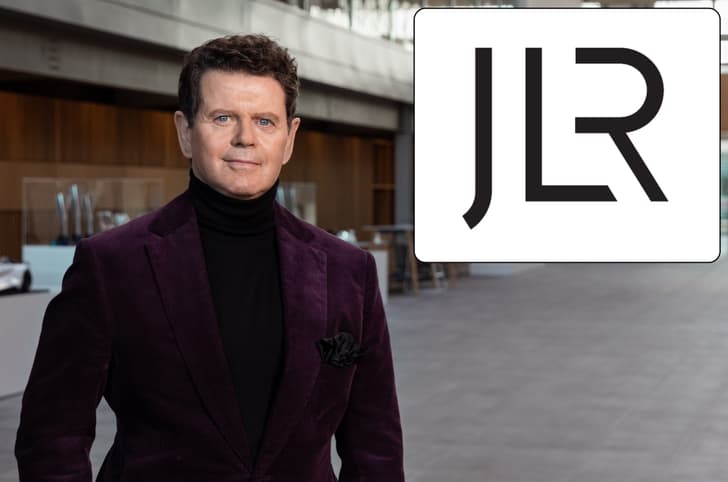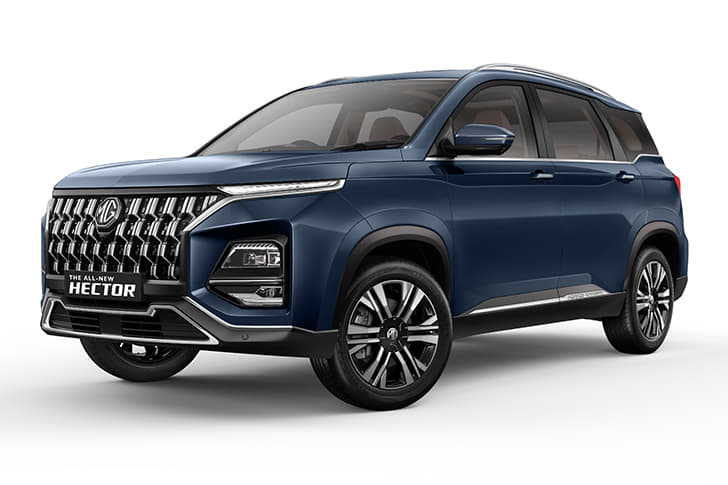In his first media interaction, Rajeev Chaba, the head of MG Motor India tells us his plans of cracking the competitive Indian market, SAIC's rationale behind leading with the MG brand and the company's expansion plans.
SAIC is coming quite late to India and will face competition from a lot of well-entrenched players. What is the strategy for success?
SAIC knows well that it’s not going to be easy to crack the Indian market. Many multinationals have found it difficult to make inroads here; around 70 percent of the market is held by around three or four companies, while eight or nine big international players collectively have a market share of only 15 percent. The country is going to be the third-largest car market by 2020 and cannot be ignored since SAIC has a plan to be a substantial global player in the long term. You need to have a very different strategy with game-changing features in your models. We know about the patience, perseverance and product portfolio required to be successful here, and also to have a portfolio which is relevant for India, in terms of the price point and value for money. We are committed to offer a compelling proposition to the Indian consumers from the product and customer service perspective.
A lot of multinationals have actually fallen out because they’ve not been able to support their products with a dealership network. Do you think network is the biggest challenge?
Dealership network is one of the pillars of success for a brand. Apart from that, the product quality, employee satisfaction as well as the whole supply chain effectiveness is also important. You really cannot say one is more important than the other. As you know, we are launching the MG brand and are committed to ensuring that the dealer network is practical, viable and that it conforms to the latest expectations and trends of the consumers. We are evaluating various dealership formats to make sure that the customer’s needs are met and, at the same time, the dealers are making money.
What was the rationale behind getting the MG brand to India?
There are a few brands in SAIC’s portfolio – Roewe, MG, Maxus and others, which SAIC locally owns in China. The whole idea is to make sure that MG is a global brand. MG has already been established in countries such as Australia, New Zealand, Chile and Thailand. It is part of SAIC’s global strategy to expand the worldwide operations through MG. We believe the MG brand would be able to integrate the modern and sophisticated British design and quality along with meaningful product features in India.
Would you look at multiple brands or do you plan to stick to MG initially?
We’re taking it one step at a time, so right now we have MG only. SAIC also has commercial vehicles in its portfolio such as pick-ups, and small and big trucks. But introducing other brands will depend on how we want to expand the bandwidth of that brand. So, we will launch initial products under the MG brand and utilise our capacity at our Halol plant at Vadodara. We have plans to expand only Halol at this point of time. However, after Phase 1, which will last for five or six years, further expansion will depend on the market demand and our performance. So Phase 1 is going to be crucial for us to establish and evaluate.
Chinese automotive products have never been successful in India. Do you think there’s a perception problem of made-in-China products here?
Times have changed and a lot of learning has happened in the last 20-25 years. I must say, very categorically that MG is a British brand owned by SAIC, and MG products are designed and engineered by our global team based in UK, China, and other global centres. In fact, SAIC also has a centre in Silicon Valley. So vehicles are going to be locally built in our Halol plant, suiting Indian conditions at Halol, and we are going to source the parts from globally competitive, world-class suppliers. We are going to offer unmatched products and services that will hopefully exceed the expectations of Indian consumers in terms of quality, performance and other attributes. Right now, in this global era, it’s an anomaly to say this particular car is made in this particular country, because if you take any car globally, the designing is done by somebody else, engineering by someone else and the parts are organised through various global suppliers after competitive bidding. Also, we know that in terms of giving the cost and the value perception amongst the consumers, we need to localise a lot. Moreover, to us Indians, resale value is very important. We understand all these points are important and will take care of all these factors.
What are the type of vehicles you are focusing on? Would be safe to assume one will be some form of an SUV?
I would say everything is on the table, in terms of shape and size. Luckily, we have a very good, compelling product range relevant to India. So, we are evaluating our first pick right now, but I can tell you that we will be very careful in choosing the relevant products for the market. We haven’t decided yet, but yes, we will launch two products in two years. Our first launch would be in 2019 and the second will be in 2020.
You’ve got a wide range of brands, but will you get some products from your joint-venture partner as well?
We will opt for any venture that allows us to choose products that suits the consumer requirement. If we are going for a joint venture, it’s not going to be as simple just to pick up a product because it depends on agreements and other such things, so we have to look at that as well.
What is your investment strategy?
Our investment will be over Rs 2,000 crore in the first phase and then we will refurbish our Halol plant. The idea is that we should be able to utilise this plant with our first two products and then we’ll go for the expansion. The phase two expansion will happen at an additional investment. Different manufacturers have pegged the capacity at Halol at around 60,000 units per annum. Post refurbishing, we should be able to increase the capacity to 80,000 units per annum.
Will SAIC’s competitive cost structure be a big advantage in a cost-sensitive market like India?
At SAIC, we have a very lean and very cost-effective manufacturing process, and some of the vehicles from SAIC’s joint ventures are even exported from China to Germany and America. We are planning to bring in a lot of global suppliers to establish themselves within Halol. This will help with inventory cost as well as localisation. So factors such as our global scale, lean manufacturing and localisation will enable us to meet cost targets and would, in fact, be our strength in India.
Although demand for diesel vehicles is waning, it is still very critical in India. Since SAIC doesn’t have any diesels in its portfolio, would you look at outsourcing a diesel engine?
Yes, we will offer the option of a diesel engine, even if we have to outsource it. However, it depends on the life cycle of diesel in India and the percentage of diesel penetration after Euro-VI in 2020. While there is an indication that diesel is important in India right now, over a period of time it will be less important, especially in 2020 and after 2023. But I can tell you, if it is important for a particular segment, we will have a diesel offering in that segment.





























